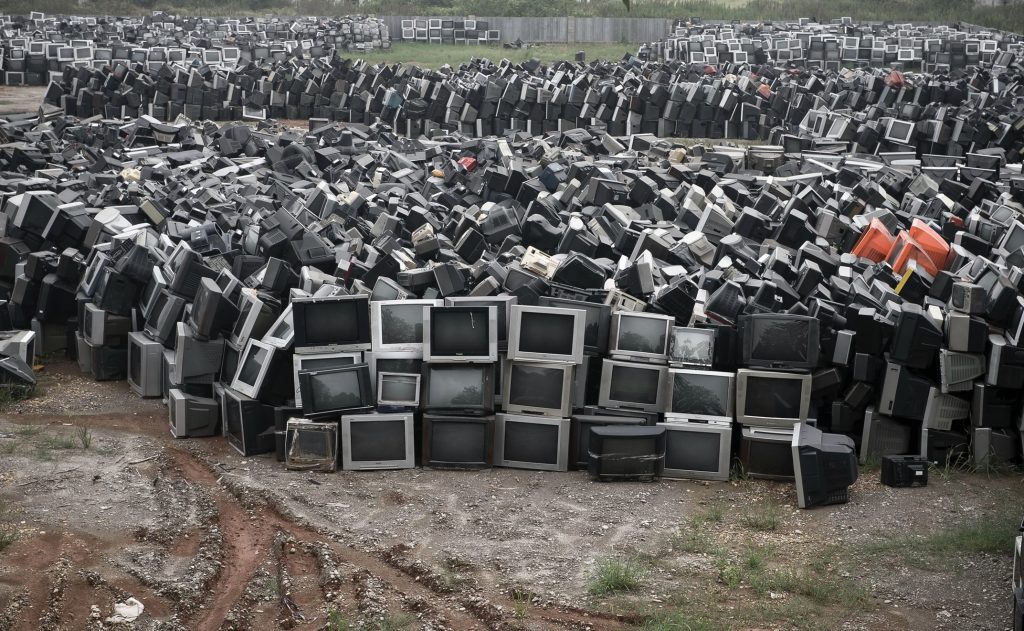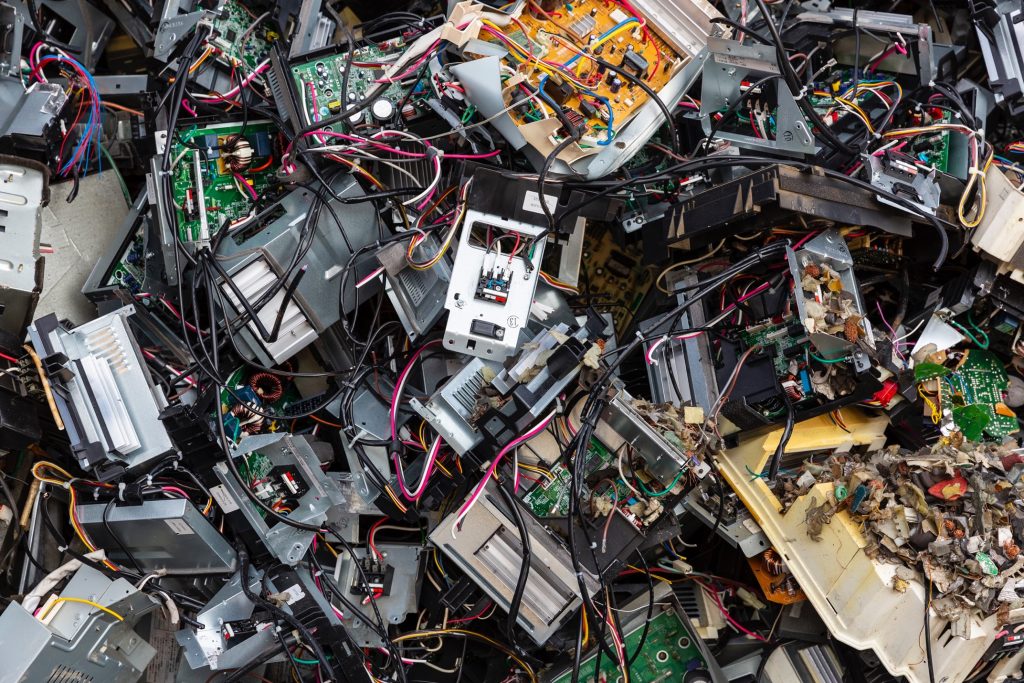The Right to Repair is Long Past Due
Every person reading this column lives in a consumer economy. A consumer economy is a linear process of extract/produce/distribute/sell/buy/discard. We live in a world where waste has been planned into the equation. There is no waste in nature. Waste is a design flaw unique to humanity.
A consumer economy not only promotes consumption, it promotes the idea of disposable. “Hey, just go buy another one of those and throw away the one you have.” This is completely anti-nature and is an underlying cause of global warming due to all the unnecessary mining, manufacturing and transport.
Past economies typically had repair business models – watches, furniture, clothes and more were repaired when they needed it, not thrown away. When we buy large home appliances, most of us buy extended warranties for them. Before computers, we all used typewriters, and even today you can still find a typewriter repair shop.
How about your laptop? Smart phone? PC? Earphones? Flatscreen TV? Big Tech’s business model is based on planned obsolescence. Always more features, faster chips and better screens. “Upgrade today!”
60 million metric tons of e-waste were generated in 2022, up from 54 million metric tons in 2019. It is estimated that E-waste represents some 20% of all global waste and will grow to 25% by 2025. So it is a big problem.
Here is a comprehensive definition of Right to Repair, from Wikipedia:
Right to repair refers to the concept of allowing end users, business users and consumers, of technical, electronic or automotive devices to freely repair these products in case of mechanical or technical failure. Four requirements are of particular importance:
- the device should be constructed and designed in a manner that allows repairs to be made easily;
- end users and independent repair providers should be able to access original spare parts and necessary tools (software as well as physical tools) at fair market conditions;
- repairs should by design be possible and not hindered by software programming;
- the repairability of a device should be clearly communicated by the manufacturer.
The right-to-repair concept is much further along in Europe than in North America, as Europeans have embraced environmentalism far more than Americans. This is due in part to the launch of The Repair Café in Amsterdam in 2009. The founder, Martine Postma, has said:
“We throw away vast amounts of stuff. Even things with almost nothing wrong, and which could get a new lease on life after a simple repair. The trouble is, lots of people have forgotten that they can repair things themselves or they no longer know how. Knowing how to make repairs is a skill quickly lost. Society doesn’t always show much appreciation for the people who still have this practical knowledge, and against their will they are often left standing on the sidelines. Their experience is never used, or hardly ever. The Repair Café changes all that! People who might otherwise be sidelined are getting involved again.”
The Repair Café has close to 2,730 locations globally with some 700 in the US.
They have a wealth of information and I highly recommend you visit their website to get involved https://www.repaircafe.org/en/
Free ICT Europe https://www.freeict.eu/ and Free ICT USA https://freeict.org/ also have a wealth of Right to Repair information.
In the US there is an organization called PIRG that has an interesting page of right to repair relevant research here https://pirg.org/topics/right-to-repair/
Another informative website for Right to Repair is this one https://www.ifixit.com/Right-to-Repair
The simple way to think of Right to Repair is that it is a movement that is good for the planet as it reduces waste, resources needed to make new devices, and the greenhouse gases emitted in manufacturing new devices. In addition, it saves crew members the money needed to repeatedly buy new in an economy based on planned obsolescence.
When making a purchase of any kind always consider if the product you are purchasing is aligned with the Right to Repair movement. Is the product conducive to repair? What is the company’s commitment to fully recycle what they sell? Spaceship Earth crew members vote with their money. Do not give your money to companies that design disposable products. Buy from businesses that design their products to be repairable.
One of the goals of the right to repair movement is to make the products we buy more durable and of higher quality. If the maker of a smartphone knows that the buyer plans to use the device for 5 to 6 years, having it repaired as necessary, then they will produce a higher quality product rather than a disposable one. So we might end up paying more for the initial purchase, but keeping it, using it and having it repaired so that it lasts for six rather than three years will cost less over the life of the product, and will result in less stress on the planet.
Sign up here to receive our weekly Crew Commentaries.
David Houle is a futurist, the co-author of This Spaceship Earth and Moving to a Finite Earth Economy, author of eleven other books, and the co-founder of the This Spaceship Earth non-profit.



